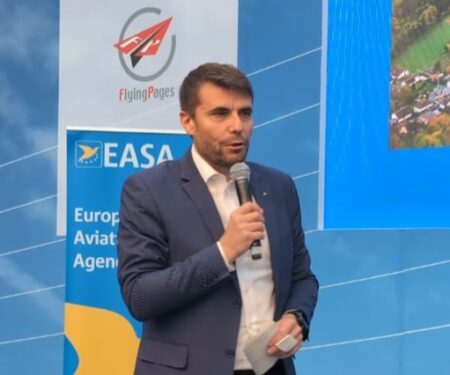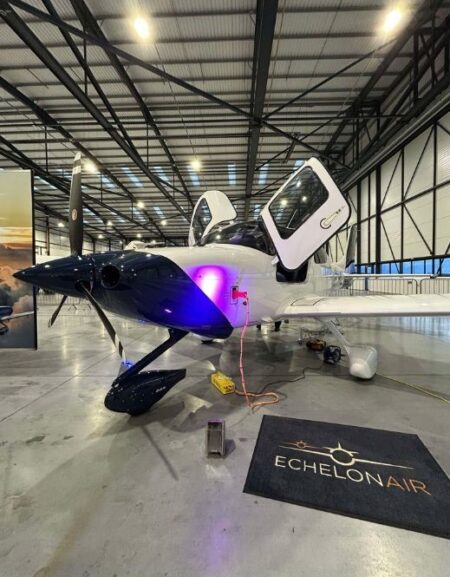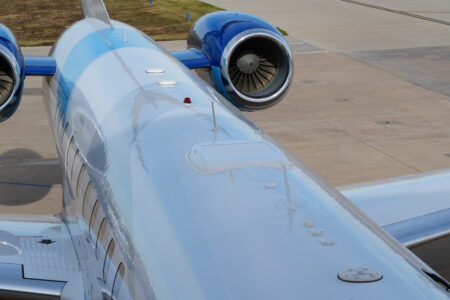US engineering firm Honeywell and NASA have developed a business aviation pilot interface for supersonic flight which they say can mitigate the noise created on the ground by sonic booms.
Honeywell announced last week at the Paris Air Show (June 17-23) that it had successfully completed a two-year testing program with NASA of the business aviation pilot interface. It said the tests showed that predictive sonic boom software and display technology can be integrated into business jet cockpits.
The pilot interface displays and visually informs pilots flying supersonic jets where on the ground people may hear sonic booms to mitigate the effect over populated areas.
One of the major barriers to supersonic flight is an almost worldwide ban on the creation of sonic booms by aircraft when over land. Sonic booms are created when aircraft break the sound barrier.
“We are pleased to complete this important milestone of the pilot interface testing in civilian airspace with Honeywell,” said Brett Pauer, commercial supersonic technology subproject manager, Overland Supersonic Flight, NASA.
“This technology could prove to be useful for NASA’s future planned Low Boom Flight Demonstration experimental airplane. This plane is being designed to gather community noise response data that may help remove the regulatory speed restriction to overland commercial supersonic flight.”
Flying at supersonic speeds would change the aviation industry drastically, enabling pilots to cut business jet travel times roughly in half. For example, travel time from New York to Los Angeles would be reduced from five hours to 2.5 hours or less.
Several companies around the world are currently developing supersonic business jets.
“With predictive technology and knowledge, pilots can change course and minimize the boom over populated areas,” said Bob Witwer, vice president, advanced technology, Honeywell Aerospace. “Honeywell and NASA have developed this unique predictive display for civil aviation that has been tested in commercial airspace, bringing the vision of the return of commercial supersonic flight closer to reality.”
As part of the completed two-year test program, Honeywell and NASA integrated the software with Honeywell’s Interactive Navigation technology into a modern business jet’s avionics suite, which allows pilots to predict sonic booms over the aircraft’s future planned flight path. This provides them with actionable information and visuals to assess the boom impact of a flight plan and display trajectories before the boom is generated, preventing the loud sound from disturbing populated areas.




